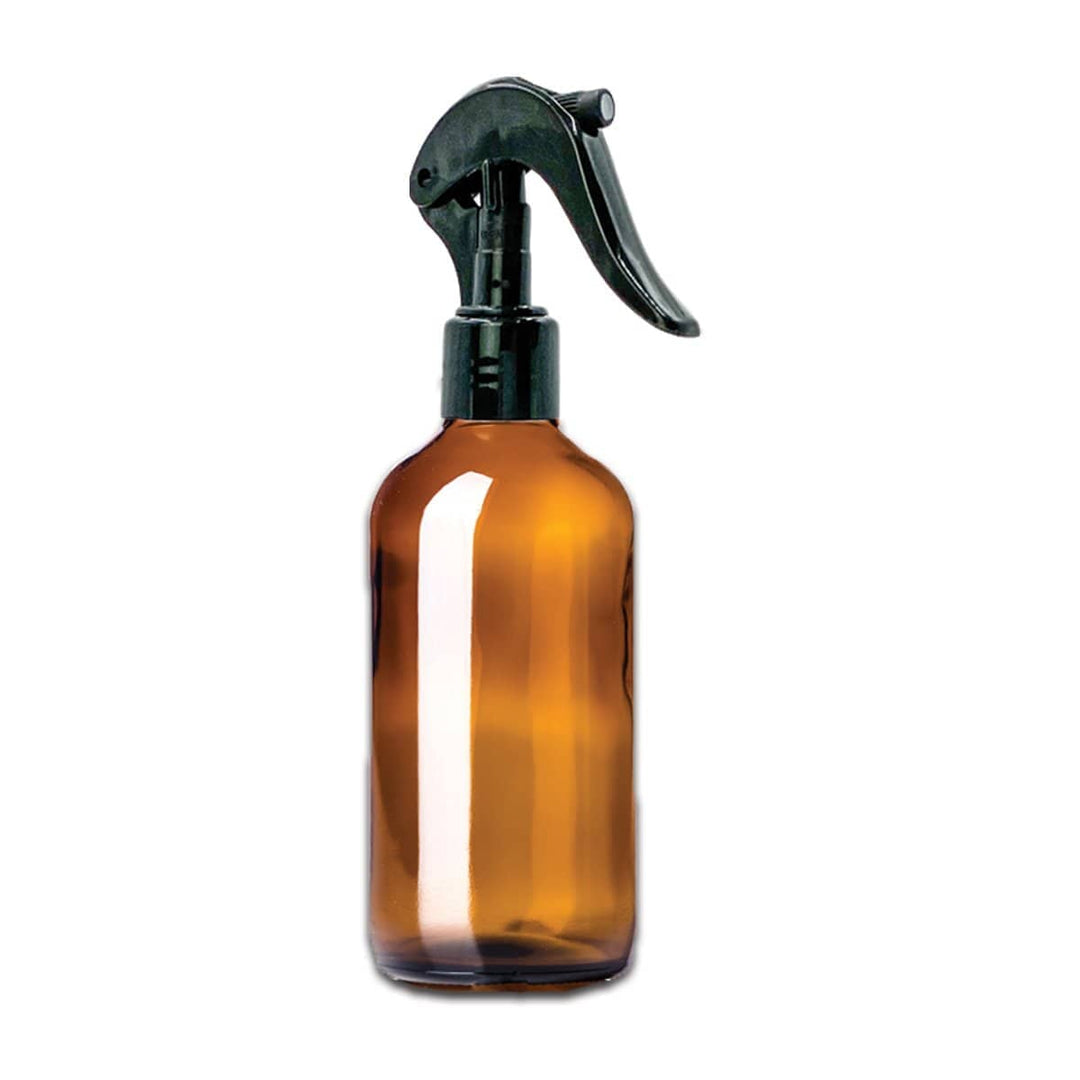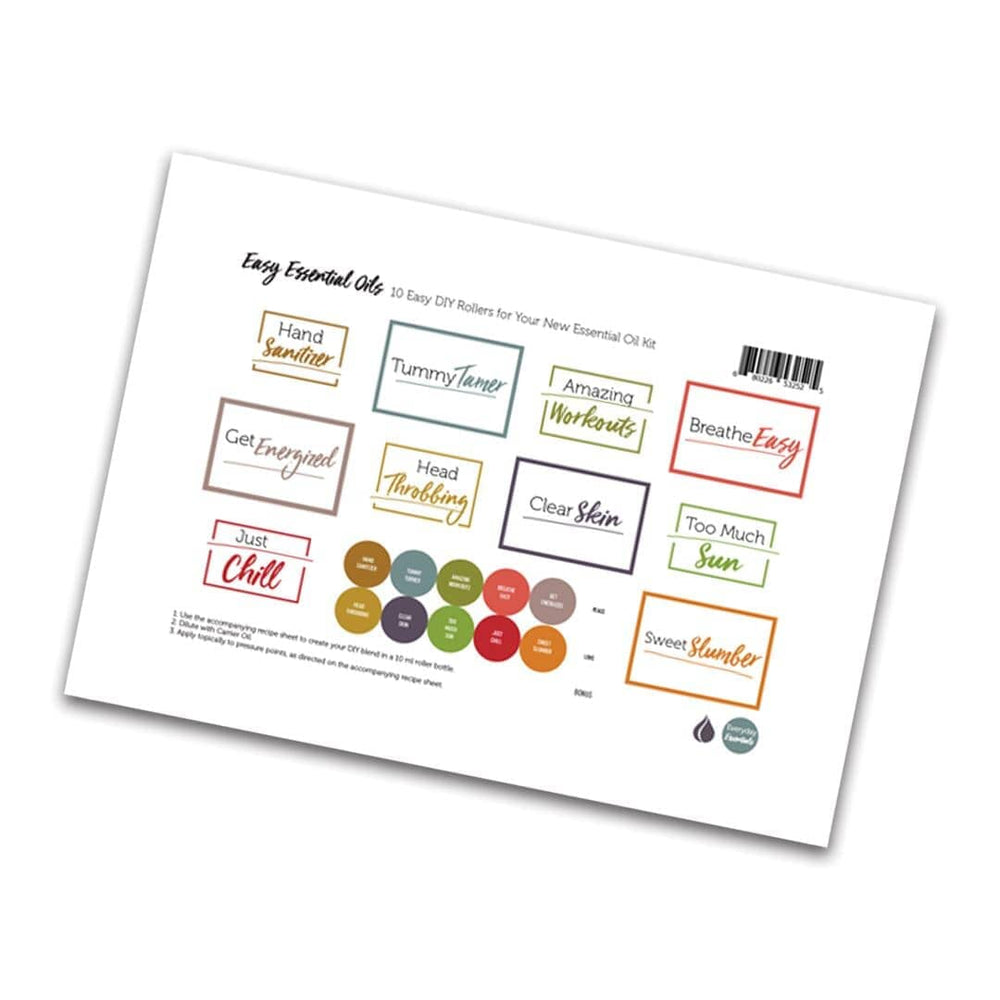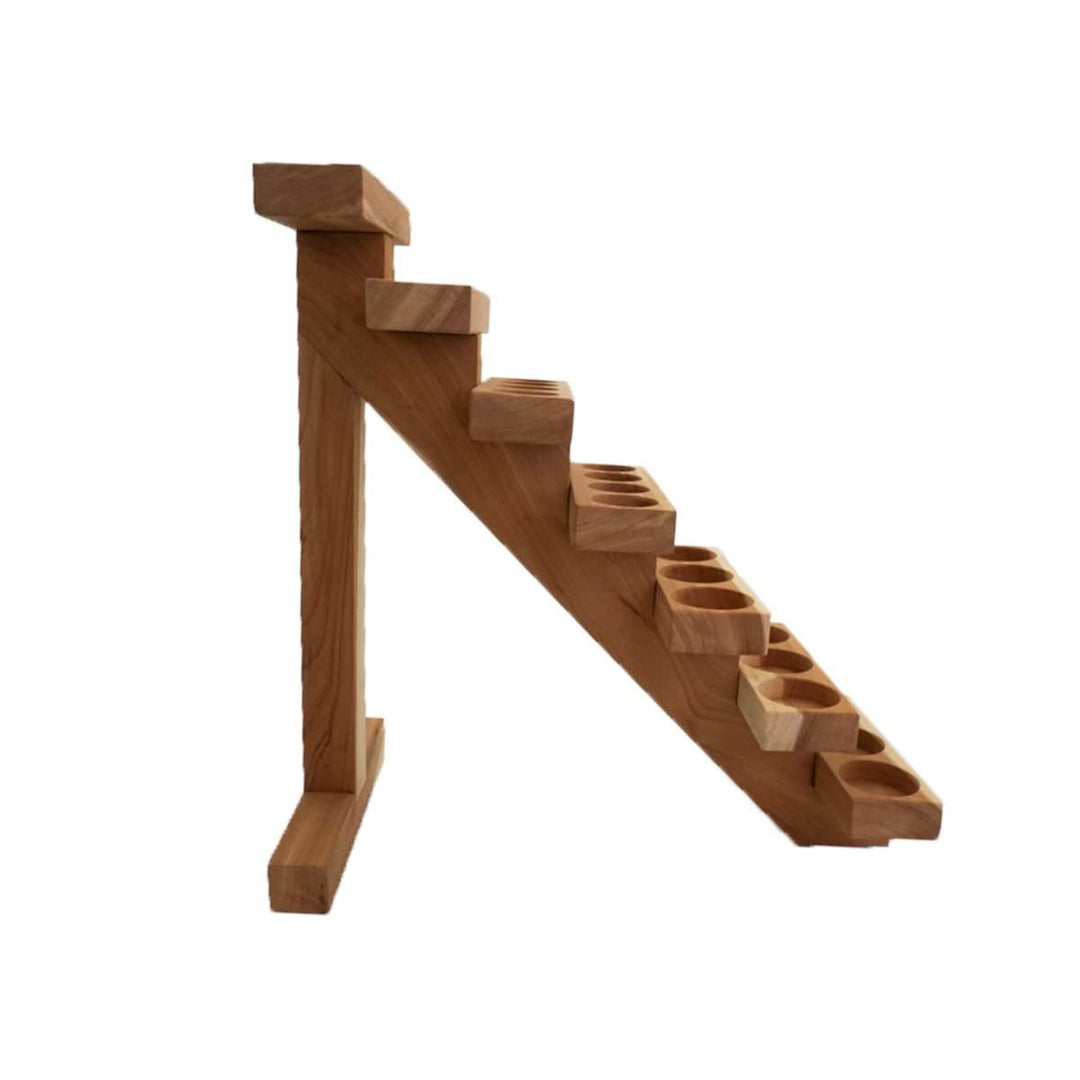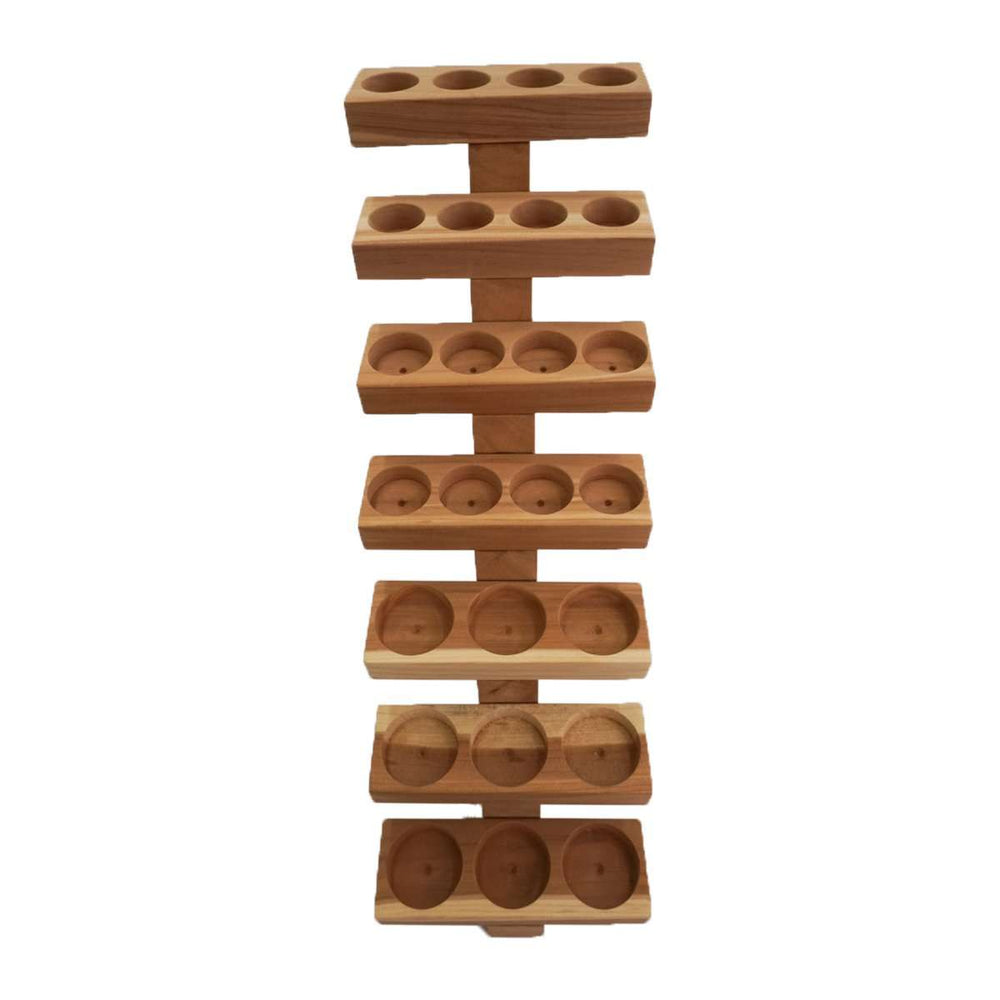Nurturing Toddlers: A Guide to Using Essential Oils Safely
Toddlers are a bundle of energy and curiosity, exploring the world around them with boundless enthusiasm. As parents or caregivers, seeking out safe and gentle remedies to support their well-being is natural. Essential oils, derived from plants and renowned for their therapeutic properties, can be valuable allies in this journey.
However, using essential oils with toddlers requires careful consideration and knowledge to ensure their safety and efficacy. In this blog post, we'll explore the dos and don'ts of using essential oils with toddlers and some practical tips for incorporating them into your child's daily routine.
Before we move forward, if you're looking for a handy resource for more information, you can access our Toddlers Tear Sheet at this link:Toddlers Tear Sheet
Understanding Essential Oils:
Essential oils are highly concentrated plant extracts known for their aromatic and therapeutic qualities. They possess many properties, including antibacterial, antiviral, anti-inflammatory, and calming effects. When used correctly, essential oils can offer natural support for various toddler-related concerns such as sleep troubles, teething discomfort, and minor skin irritations.
Safety First:
Before using essential oils with toddlers, it's essential to prioritize safety. Here are some key points to keep in mind:
Dilution: Essential oils should always be diluted before applying them to a toddler's skin. Use a carrier oil such as fractionated coconut, sweet almond, or jojoba oil to dilute the essential oil. A safe dilution ratio starting point for toddlers is typically 0.25% to 0.5%, which equates to 1-2 drops of essential oil per ounce of carrier oil.
Patch Test: Perform a patch test by applying a small diluted amount of the essential oil to your child's forearm and observing for any adverse reactions over 24 hours. Discontinue use if redness, irritation, or allergic reactions occur.
Age-Appropriate Oils: Some essential oils may not be suitable for use with young children due to their potency or potential side effects. Avoid using oils high in menthol or cineole, such as peppermint and eucalyptus, with toddlers under the age of 2. Opt for gentle oils like lavender, chamomile, and citrus oils instead.Would you like further information on safe oils for toddlers? You can find it here: Essential Oils for Toddler Tear Sheet
Inhalation Safety: When diffusing essential oils around toddlers, ensure proper ventilation and use a child-safe diffuser. Always follow manufacturer instructions and use oils in moderation to prevent overexposure.
Best Practices for Application
Now that we've covered the basics of safety let's explore some practical ways to incorporate essential oils into your toddler's routine:
Diffusion: Diffusing essential oils can create a calming atmosphere and support respiratory health. Use child-friendly blends such as lavender and cedarwood for bedtime or citrus oils for a cheerful ambiance during playtime.
Topical Application: Dilute essential oils in a carrier oil and apply them to your toddler's skin for targeted relief. Massage diluted lavender oil onto their chest for relaxation or gently rub diluted chamomile oil onto their gums to ease teething discomfort.
Bath Time Bliss: Add 1-2 drops of diluted essential oils to your toddler's bath for a soothing and sensory experience. Lavender, chamomile, and mandarin oils are excellent choices for promoting relaxation and supporting sleep.
DIY Products: Create homemade natural remedies for common issues using essential oils. Make a gentle diaper rash cream with coconut oil and lavender oil or a calming bedtime spray with distilled water and chamomile oil. We offer an excellent DIY kit that caters to babies and toddlers. You can find it here: Make & Take Babies Kit
Photosensitivity Considerations:
Photosensitivity refers to an increased sensitivity to sunlight, which can result in skin irritation or burns when exposed to certain essential oils. While toddlers are less likely to spend prolonged periods in direct sunlight, it's still crucial to exercise caution when using photosensitive oils such as citrus oils. To minimize the risk, avoid applying photosensitive oils to areas of the skin that will be exposed to sunlight within 12-24 hours.
Incorporating essential oils into your toddler's routine can be a wonderful way to promote their health and well-being naturally. By prioritizing safety, using age-appropriate oils, and following best practices for application, you can harness the power of essential oils to support your toddler's journey of growth and exploration. Remember to consult with a healthcare professional or certified aromatherapist if you have any concerns or questions regarding the use of essential oils with young children.
[Disclaimer: The information provided in this blog post is for educational purposes only and is not intended to replace medical advice. Always consult with a healthcare professional before using essential oils, especially with young children.]
















